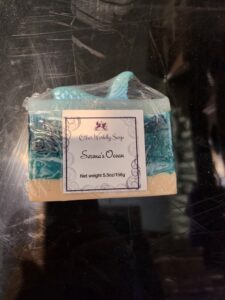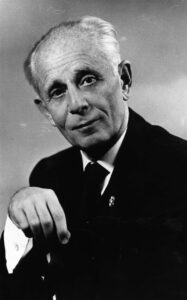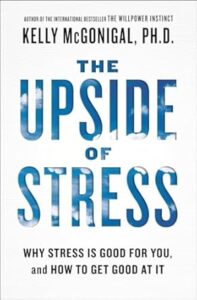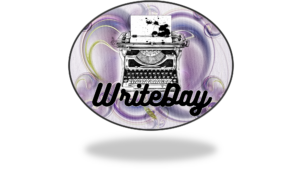
CREATIVITY ON CRUISE CONTROL?
20 May 2025
Why Writers Should Explore Other Creative Practices
It isn’t easy to create day after day despite what famous authors say about their work and schedules. Yes, you can develop a creativity habit as well a creativity mindset with a plan and practice. Sticking to the plan and practice is exactly how to set your creativity on “cruise control” but be aware that once this habit is learned, your brain will forever be an idea machine. With a plan and practice, everything you think, see, hear, and experience becomes fodder for your creativity. So, if you’re not interested in looking at a random playing card of the Queen of Hearts laying in the street while taking your morning stroll, don’t put this strategy into place. Once learned, it’s difficult to turn off, but then again, what’s an artist without ideas?

I actually came across that playing card while on a walk, and it was face-up in the street in front of a local saloon with a colorful history. At first, I went by until my brain quickly made the connection between the card, the bar, and the fact that I’m a romance author. I back tracked, picked up the card, and contrived a story in my head the rest of the way home. That’s what creative people do, but because I’ve always been this way, I didn’t think about how to coach others to be idea machines until I started homeschooling my daughters many years ago. Let me insert some context.
Creative inclinations are natural and instinctive to the human species or we wouldn’t be where we are today—for better or for worse. The development of survival and technological skills stems from 1) the need to survive and 2) the impulse to be more. My daughters are the blessings of two people trained from early ages in music, theatre, and dance. Both of my parents were artistically inclined as my father was a musician and my mother was a ballet teacher, each who had “day jobs” to support their artistic endeavors. Being from a small town, a small state, and choosing not to move away meant that it was challenging for my dad to make a living as a piano player. So he worked as a contractor. I made the same choice and my children inherited the “creative gene” so when it came time for formal education, I chose creative, engaging ways to teach language arts, math, social studies, and science. For example, I called chemistry “Potions Class” and framed the activities around the “science” lessons of Harry Potter. Because of this “creative heritage,” it was easy and fun for me and the girls.
I believe creativity is a natural instinct, but it also must be encouraged and practiced in order for it to stick. While there is a certain degree of natural creativity, it can definitely be a learned skill. At just about any age. As I noted, once creativity is practiced regularly, it becomes part of your everyday life. However, as I also mentioned, it’s strenuous to create day in and day out in the same field as writing or any artistic mode. Burnout, writer’s block, and imposter syndrome are the direct result of not exploring other creative outlets in my opinion. Playing around in other disciplines helps writers avoid these troubles.
Writers should dabble in other forms of artistic expression for four reasons:
- Training the creative mind (creativity on “cruise control”)
- Relaxation (creating in another art form can be relaxing)
- Recognizing that the “creative process” is universal (all art follows certain procedural steps)
- Appreciating other artists (discovering a commonality with other artists/art forms)


I do this myself by dabbling in junk journaling and book folding art. I support other writers who do this by purchasing their products like soap and candles for My WriteDay subscription box. With a plan and practice, you can set your creativity on cruise control or autopilot* and go along for the ride. This article “Creativity on Autopilot” explains the principles of planning and practice.
Regardless of your primary art discipline, do you dabble in other art forms? How does it support you? If you came across the Queen of Hearts laying in the street outside a bar, what would your creative brain think?
Be well, write well!
~Joy
https://www.facebook.com/profile.php?id=61550745717735
https://www.instagram.com/mywriteday/
https://www.pinterest.com/joyeheld/my-writeday-subscription-box-for-writers/
You are receiving this message because you previously signed up for notifications or participated in a program/course with Joy. You may unsubscribe at any time.
This article may contain affiliate links which may result in the author receiving a commission when readers purchase items through the links.
My ideas are not ever meant as a substitute for consulting with a qualified health professional.
Advertisement


*Fun Fact* Autopilot was patented by American inventor George De Beeson in the 1930s. During World War II, the slang for using it was, “George is flying the plane now” which is rumored to be a reference to King George VI who technically owned the plane or it might be a nod to the inventor. https://en.wikipedia.org/wiki/Autopilot







 )
)





